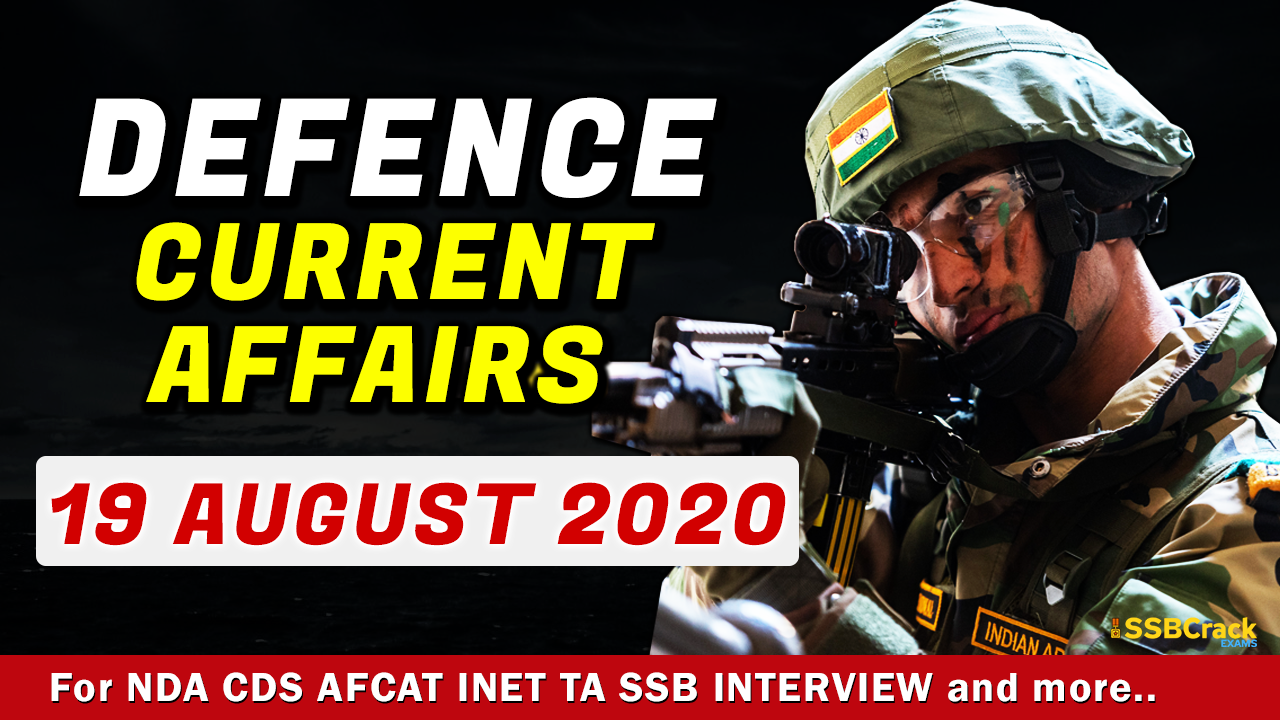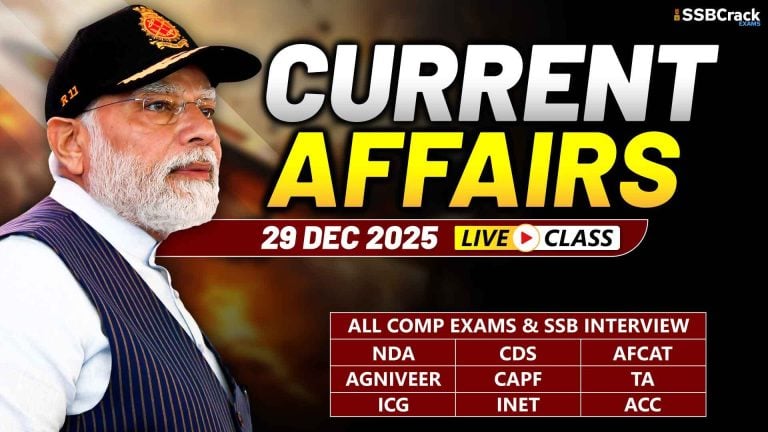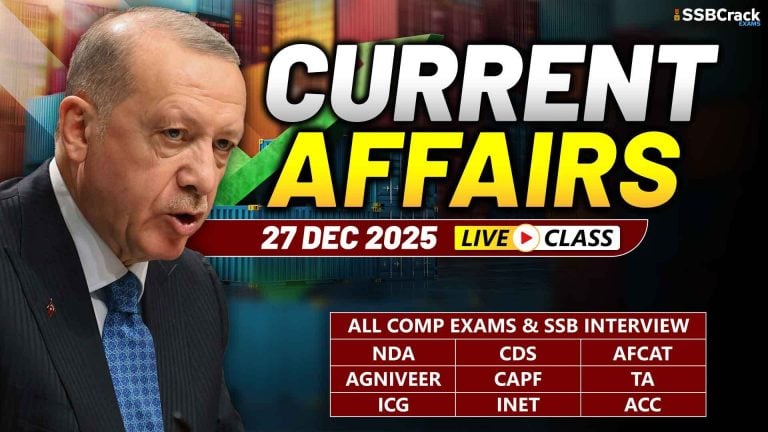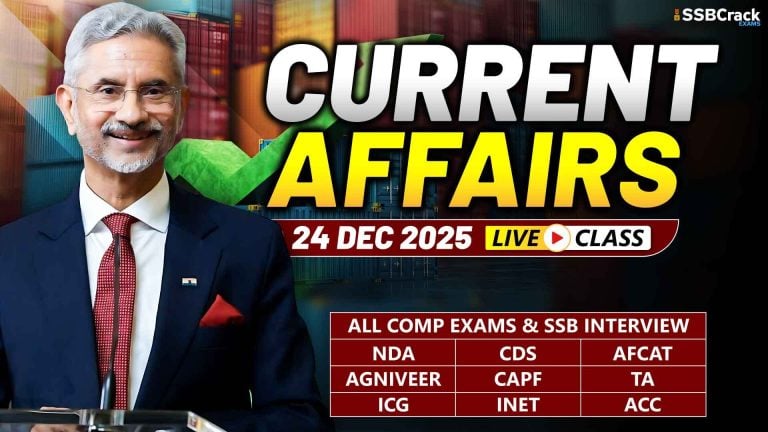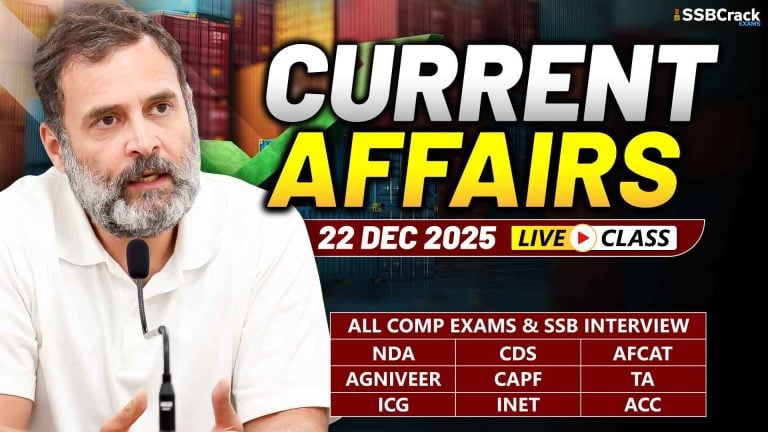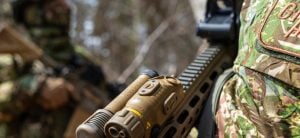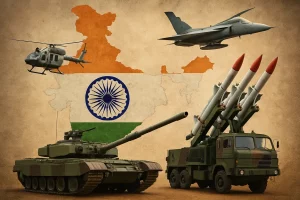33rd Naval Higher Command Course commences at Naval War College, Goa
- Naval Higher Command Course – 33 was inaugurated online by Shri Suhas Pednekar, Honourable Vice Chancellor, University of Mumbai, on 17 Aug 20. He lauded the efforts of the Naval War College (NWC), Goa, in embracing online format and at improving academic and military education standards. The 37-week flagship professional military education programme of the Indian Navy, conducted annually at the NWC, focusses on maritime strategy, naval and joint operations, and transformational issues. Vice Admiral AK Chawla, PVSM, AVSM, NM, VSM, ADC, Flag Officer Commanding-in-Chief, Southern Naval Command, in his keynote address to the course participants, delivered on video link, emphasised attaining professional excellence through creative learning. Rear Admiral Sanjay J Singh, AVSM, VSM, Commandant, Naval War College, welcomed the course participants and noted the high standards of academic rigour and intellectual capital generated at the NWC, with synthesis of academic and professional military education.
- The course strength of 35 participants include 21 Captains from the Indian Navy, seven Colonels from the Indian Army, five Group Captains from the Indian Air Force and two Commandants from the Coast Guard. The course curriculum aims to invigorate intellectual quest through a rigorous regime of research work and critical thinking, for honing problem-solving skills related to maritime and national security issues. To foster jointmanship, the officers also undergo a five-week Joint Operations Capsule at the Army War College, Mhow. Eligible course participants are awarded the M. Phil degree in ‘Defence and Strategic Studies’ from the University of Mumbai, on completion of the course.
Curtain Raiser – Naval Commanders’ Conference 2020
- The Naval Commanders’ Conference of 2020 is scheduled at New Delhi from 19 to 21 Aug 20. The Conference is the apex level event for interaction between the Naval Commanders. The Chief of the Naval Staff, with the Commanders-in-Chief, will review major operational, materiel, logistics, HR, training, and administrative activities undertaken during the year and deliberate upon the course to be steered in the future.
- The Conference assumes greater significance in the backdrop of recent events on our northern borders, coupled with the unprecedented challenges posed by COVID-19 and would provide the higher naval leadership a forum to discuss conduct of operations, sustenance and maintenance of assets, procurement issues, infrastructure development, human resource management, etc within the ambit of the new normal established by the pandemic.
- The Hon’ble Raksha Mantri is scheduled to address the Naval Commanders on the opening day and interact with them. The conference is also the forum for interaction of Naval Commanders with other senior government officials.
- This is the first Naval Commanders’ Conference since the institution of Department of Military Affairs (DMA) and Chief of Defence Staff (CDS). The conference would discuss upon the ways to optimise joint planning structures, Tri-Service Synergy, and operational readiness, as also functional reorganisation within the IN to improve efficiency.
- In keeping with the Hon’ble PM’s vision of SAGAR (Security and Growth for All in the Region), the Commanders would also undertake deliberations upon the larger security imperatives in the Indo-Pacific.
Amid border tensions with China, indigenous fighter LCA Tejas deployed on western front
- In a significant achievement for the indigenous fighter aircraft programme, the Indian Air Force (IAF) deployed the home-grown Light Combat Aircraft (LCA) Tejas on the western front along the Pakistan border in view of the tensions with China on the Ladakh front.
- “The LCA Tejas was deployed by the Indian Air Force on the western front close to the Pakistan border to take care of any possible action by the adversary there,” government sources informed.
- The first LCA Tejas squadron, 45 Squadron (Flying Daggers) based out of Sulur under the Southern Air Command, was deployed in an operational role there.
- The indigenous Tejas aircraft had been praised by Prime Minister Narendra Modi during his Independence Day speech where he had stated that the deal to buy the LCA Mark1A version was expected to be completed soon.
- While the first squadron of the planes is of the Initial Operational Clearance version, the second 18 Squadron ‘Flying Bullets’ is of the Final Operational Clearance version and was operationalized by the IAF chief Air Chief Marshal RKS Bhadauria at the Sulur airbase on May 27.
- The Indian Air Force and the Defence Ministry are expected to finalise the deal for the 83 Mark-1A aircraft by the end of this year. In view of the Chinese aggression on the borders, the IAF had deployed its assets all along the borders with both China and Pakistan.
- The forward airbases of the force have been equipped to take care of situations along the western and northern fronts and have seen extensive flying operations in the recent past, including both daytime and night operations.
In first top-level meet since map row, India and Nepal discuss projects
- India and Nepal held a virtual meeting on Monday to discuss projects financed by India in the Himalayan country, the first such discussion at senior level after November 2019, marking the resumption of dialogue between the two sides since PM KP Sharma Oli’s decision to change Nepal’s political map to include certain Indian territories soured relations.
- The Indian team was led by its ambassador to Nepal, Vinay Mohan Kwatra, while the Nepalese side was headed by the country’s foreign secretary. The meeting came two days after Oli telephoned Prime Minister Narendra Modi to greet him on India’s 74th Independence Day, the first high-level contact since the map controversy.
- In the meeting, held virtually, officials assessed the progress of various India-funded development projects being implemented in Nepal, said people aware of the matter. India has constructed 807 kilometres out of the total 1,024 km of the East-West Highway from Mahendranagar to Mechi, considered a lifeline of Nepal. Besides, India constructed 22 bridges in the Kohalpur-Mahakali section of the East-West Highway.
- These were handed over to Nepal in 2001. Eight village and urban roads and one bridge have been constructed with Indian assistance of Rs 12.83 crore under the Small Development Projects Programme to provide easy access to the people of remote villages.
- Presently, work is on for the construction of eight roads and three bridges at a cost of Rs 20.43 crore, according to those in the know. During the visit of India’s external affairs minister to Nepal in January 2010, the two governments had signed a memorandum of understanding for the development and construction of roads in the Terai area of Nepal. Physical work has commenced on all the packages of phase-I of these roads, said the people cited earlier.
Road map ready for export of desi weapon systems: Govt
- The government has prepared a roadmap to export indigenously-developed weapon systems and platforms and will use diplomatic channels to promote them in overseas markets, said Union defence production secretary Raj Kumar on Monday.
- Kumar, speaking at a webinar, said Indian defence attaches posted abroad, embassies and other diplomatic channels will be utilised to help the domestic defence production industry to export such weapons and platforms to friendly countries.
- Army vice chief Lt-General S K Saini, on his part, also assured the industry of “full support” by his 13-lakh strong force. The Army is more than ready and willing to fight with indigenous weapon systems, but they must pass stringent quality checks and adhere to delivery timelines, he said.
- It’s no secret that during crunch situations, technologies developed by other countries would either not be available or if shared, will be at the cost of our strategic autonomy, he added.
- The statements come in the backdrop of the defence ministry on August 9 announcing a negative arms imports list, under which acquisition of 101 weapon systems and platforms from abroad will be progressively banned from December 2020 to December 2025.
- Moreover, the new draft defence production and export promotion policy (DPEPP) also sets an ambitious target of achieving a turnover of Rs 1,75,000 crore ($ 25 billion), including export of Rs 35,000 crore ($5 billion) in aerospace and defence goods and services by 2025.
- Kumar said the government was already working on a second negative list, while inviting the Indian industry to invest and explore opportunities in the defence sector.
- “The industry will have to meet the needs of future wars with future products. It will now have to shoulder the responsibility of catering to the requirements of embargoed items domestically,” he said.
- “All policies of the government, including the defence industrial corridors, the DPEPP and the negative imports list are to ensure that our industry becomes the top producer of defence items in the world,” he said.
- Lt-Gen Saini said the Army was pursuing `Make in India’ projects in diverse fields of technology including 3rd-generation anti-tank guided missiles, infantry combat vehicle upgrades, aerial targets, precision ammunition, tank ammunition, auxiliary power units, drone kill systems, mountain radars, to name just a few, he said.
BSF Sends ‘Protest Note’ to Border Guard Bangladesh Over Infiltration, Cross- border Crimes
- The BSF has sent a “protest note” to its counterpart in Bangladesh, asking it to check instances of cross-border infiltration by its nationals, days after a suspected smuggler from the neighbouring country was shot by the force in West Bengal’s Murshidabad district. According to a statement issued by the BSF South Bengal Frontier, a “smuggler” was shot by a pellet gun on the night of August 14 at Jalangi border outpost area.
- A patrol party had observed suspicious movement by five to six miscreants on Friday near the international boundary, where the BSF has erected a cattle fence. “When challenged by the BSF troops, the miscreants attacked the patrol team with sharp-edged weapons and daggers.
- Sensing life risk, a BSF personnel fired one round from his pump action gun. The miscreants then fled in different directions taking advantage of the darkness,” the BSF said in its note to the Border Guard Bangladesh (BGB). Later, while searching the area, one miscreant was found lying injured with a bag by his side, it said. “The injured was immediately taken to a hospital where he was administered first aid and was further referred to Murshidabad Medical College and Hospital in Berhampore. There, the doctor on duty declared him brought dead,” the statement by the Border Security Force (BSF) said.
- An FIR has been lodged in this regard at a local police station after the BSF filed its complaint. “A few days ago, Bangladeshi smugglers had also broken the finger of one of the BSF troopers of border outpost Jalangi during a scuffle. “Over the past four months, in three different incidents, trans-border criminals had resorted to firing at BSF troops with country-made weapons. This is unacceptable,” the statement added. According to BSF officials, miscreants have been “regularly trying to smuggle goods” through an area near the border outpost of Jalangi.
At India-Japan Summit next month, Modi and Abe to sign off on key military pact
- The India-Japan summit between Prime Minister Narendra Modi and Prime Minister Shinzo Abe is scheduled for early next month, people familiar with the development said. The two leaders are also expected to sign off on a key military logistic pact, Acquisition and Cross Servicing Agreement (ACSA), and discuss the possibility of some Japanese manufacturing units shifting to India.
- According to South Block officials, the two countries were earlier looking at the possibility of holding the meeting in October. It has since then been advanced tentatively to 10 September. The summit, initially proposed to be held in Guwahati on December 15-17, 2019, was postponed due to protests against the anti-Citizenship Amendment Act (CAA) in Assam.
- The summit comes against the backdrop of aggressive moves by the Chinese People’s Liberation Army (PLA) in India’s East Ladakh sector and Japan’s Senkaku Islands, respectively. Diplomats said the two leaders will not only discuss the Chinese aggression in Ladakh and the South China Sea but also cement the concept of Quad, the quadrilateral coalition of four countries – India, Japan, Australia, and the US.
- The four Quad countries have increasingly, focussed on countering Beijing’s wolf-warrior diplomacy and keeping the sea lanes of communication open for freedom of navigation.
- The ACSA, which is key to India and Japan extending support and logistics to each other’s military, is expected to be initialled by the two leaders. New Delhi already has a similar agreement with other two Quad members, Australia, and the US.
- India’s formal decision to invite Australia to the Malabar naval exercises later this year is expected soon but officials have made it clear that it is a formality. Australia’s inclusion to the military drills that has in the past included the other three Quad members – India, Japan, and the United States – would be the first time that the grouping will be engaged at a military level.
- Officials said PM Modi and PM Abe will discuss at length the Indo-Pacific region and the challenges it faces from the Middle Kingdom.
- According to senior government officials, the two leaders will further cement economic cooperation with India opening doors to Japanese manufacturing activity and perhaps, involve Tokyo in ramping up port infrastructure in the Andaman and Nicobar Islands.
- While India has linked peace and tranquillity on its border with China to the bilateral ties, Prime Minister Shinzo Abe is also under pressure from his own Cabinet members to adopt a tough line with China.
- The Beijing expansionist approach is not limited to Ladakh but has created security concerns with Japan over ownership of Senkaku Islands as China claims the same as Diaoyu Islands with any eye towards extending its exclusive economic zone and strengthening the hold beyond the South China Sea. The Japanese people are not only in favour of Chinese President Xi Jinping’s visit to Tokyo being cancelled but also want the Abe government to be more critical of Beijing on the new Hong Kong security law.
REVIEW QUESTIONS
- The Naval Commanders’ Conference of 2020 is scheduled at
- New Delhi
- Visakhapatnam
- Kochi
- Trivandrum
ANSWER: A
- The Naval Commanders’ Conference of 2020 is scheduled from
- 21 to 23 August 2020
- 21 to 23 September 2020
- 19 to 21 August 20
- 21 to 23 September 2020
ANSWER: C
- The Indian Air Force (IAF) deployed which aircraft recently on the western front along the Pakistan border?
- Dassault Rafale
- Dassault Mirage 2000
- Mikoyan MiG-29
- LCA Tejas
ANSWER: D
- The first LCA Tejas squadron:
- 17 Squadron (Golden Arrows)
- 21 Squadron (Ankush)
- 45 Squadron (Flying Daggers)
- 24 Squadron (Hawks)
ANSWER: C
- The first LCA Tejas squadron (45 Squadron (Flying Daggers)) is based at
- Sulur
- Trivandrum
- Ambala
- Leh
ANSWER: A
- The leaders of India and Japan are expected to sign off on which key military logistic pact and discuss the possibility of some Japanese manufacturing units shifting to India?
- MoU between Export Credit Guarantee Corporation of India and NEXI, Japan
- Acquisition and Cross Servicing Agreement (ACSA)
- MoU between Council of Scientific and Industrial Research (CSIR), India and Hiroshima University, Japan
- Cooperation between Japan Maritime Self-Defence Force and Indian Navy
ANSWER: B
